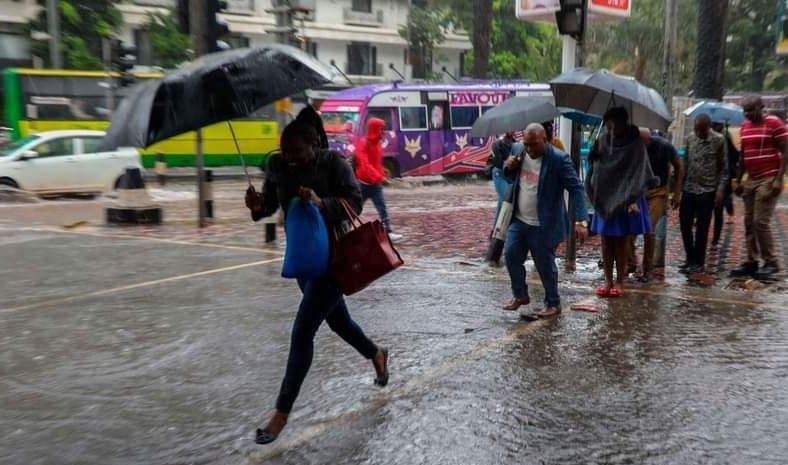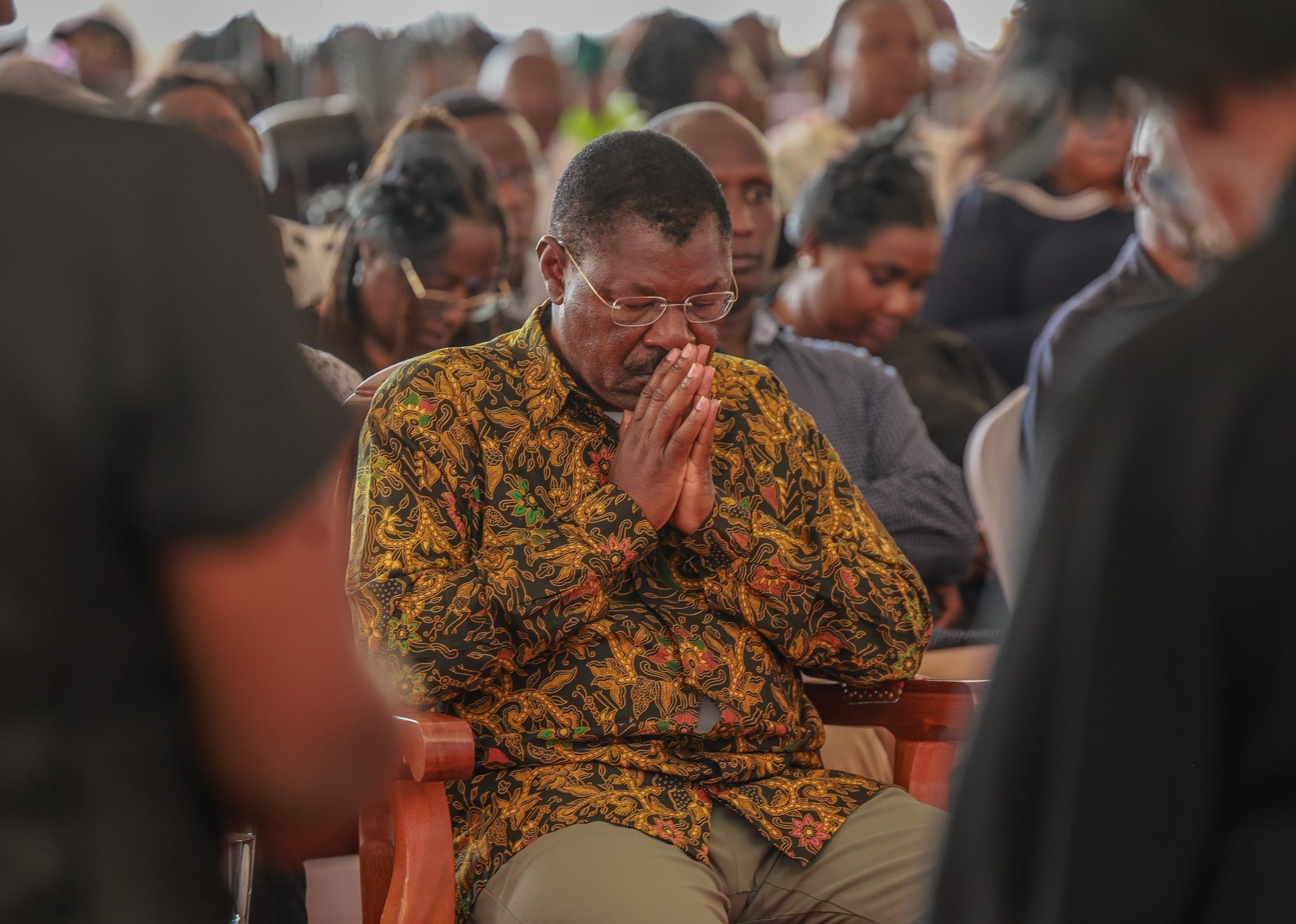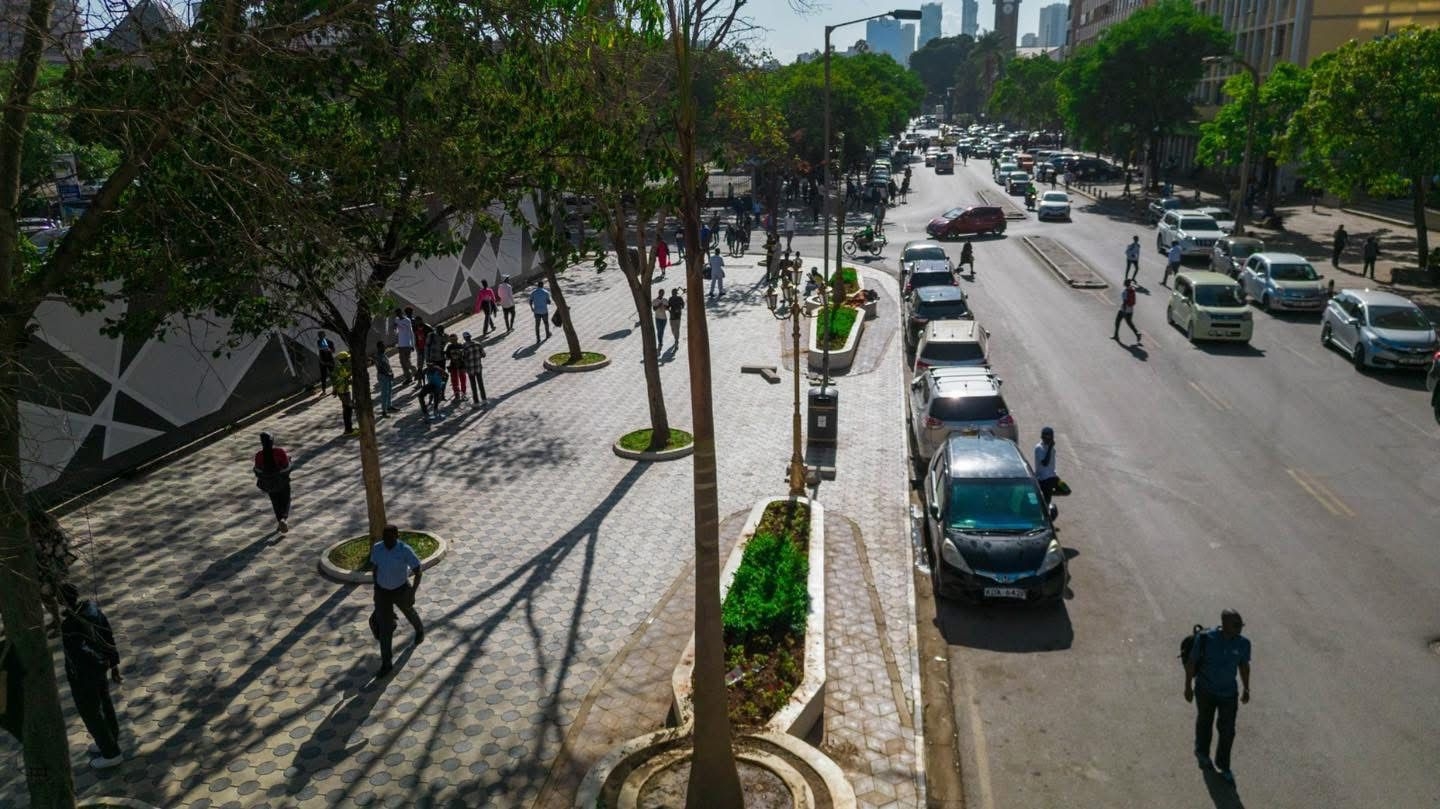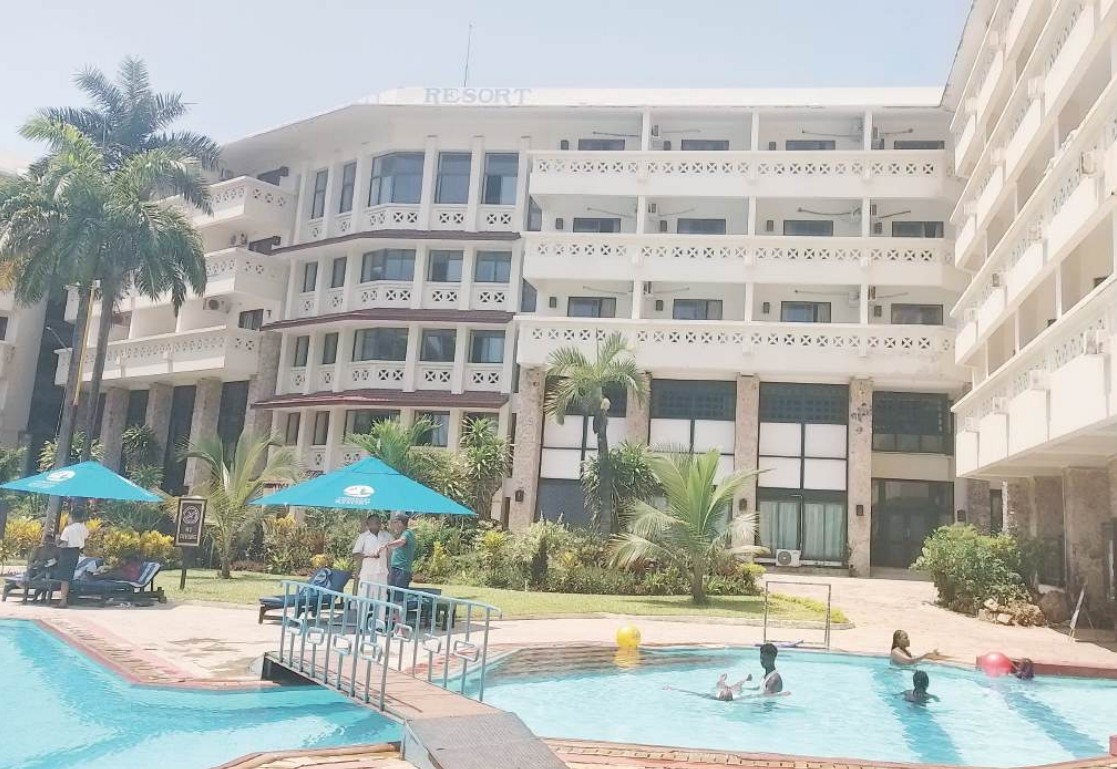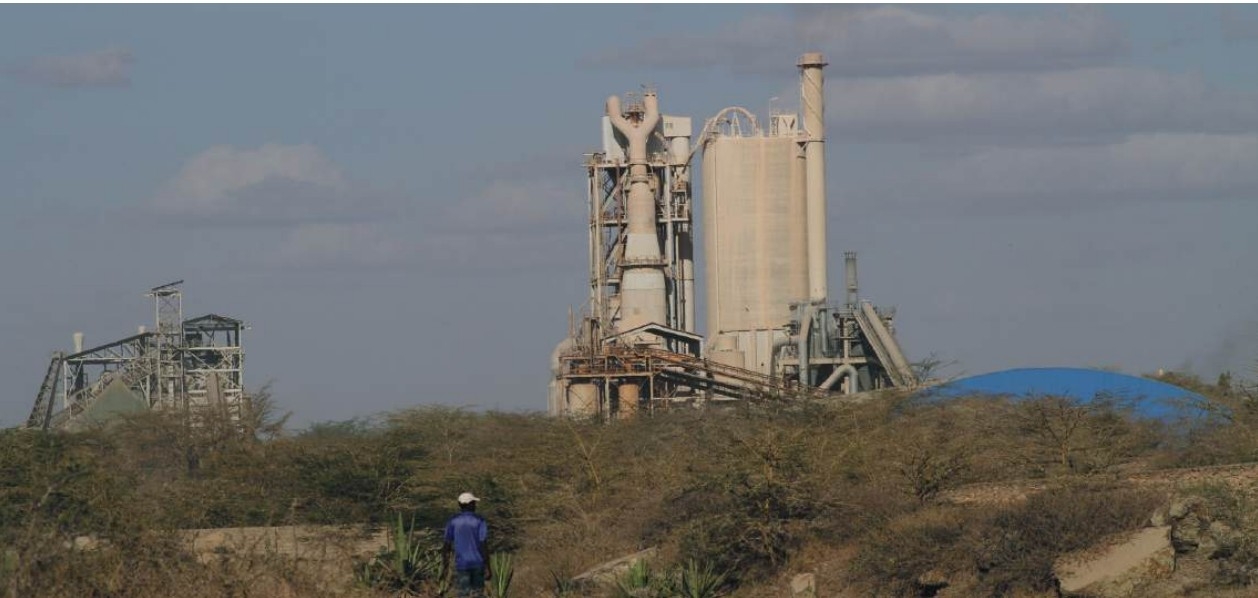
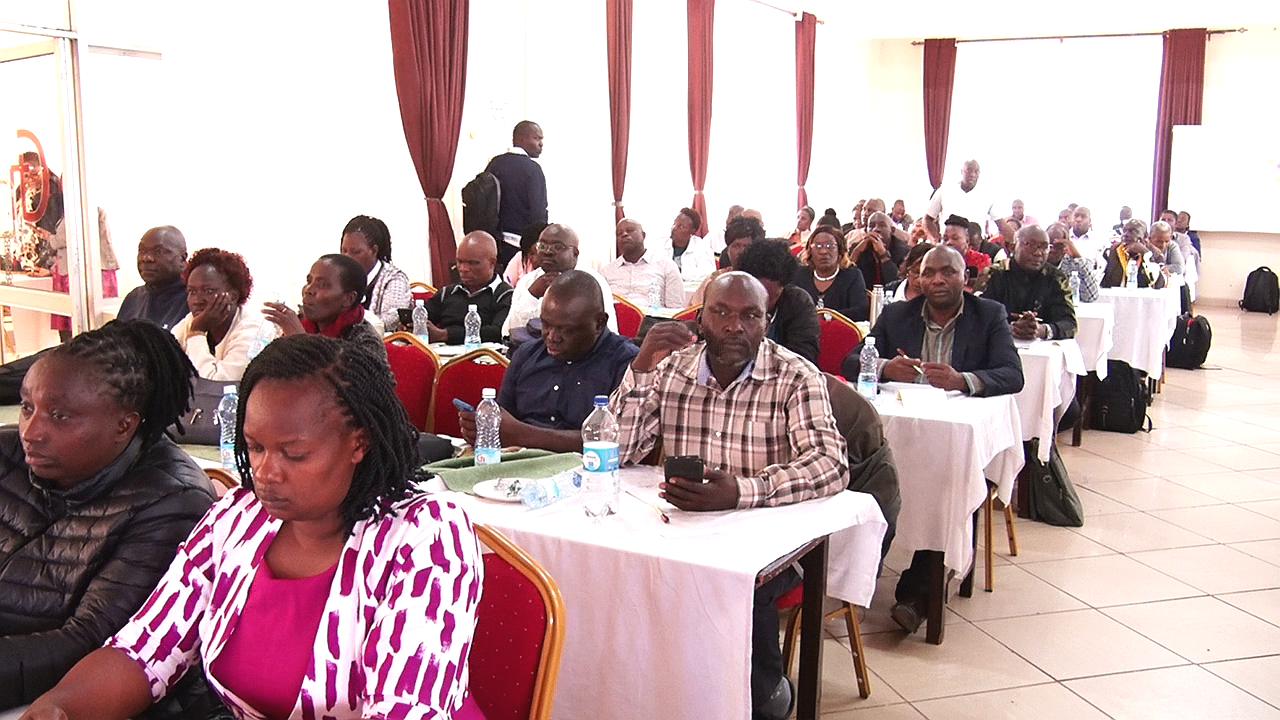 Participants during the ongoing capacity building workshop for senior schools’ STEM heads of departments at Golf Hotel in Kakamega /HILTON OTENYO
Participants during the ongoing capacity building workshop for senior schools’ STEM heads of departments at Golf Hotel in Kakamega /HILTON OTENYOMore than half of the students sitting the Kenya Junior Secondary Education Assessment exams have shown interest in joining the Science, Technology, Engineering and Mathematics pathway in senior secondary schools, head of Secondary Education Directorate William Sugut has said.
He said 569,000 out of the 1,100,030 students sitting KJSEA exams across the country, representing 51 per cent, are interested in pursuing STEM subjects.
Another 437,000 want to pursue social sciences and 151,000 have shown interest in arts and sports.
Sugut made the revelations during a four-day capacity-building workshop for senior schools’ STEM heads of departments at Golf Hotel in Kakamega.
The workshop, whose theme is 'enhancing the capacity of STEM heads of departments to manage transition in Competency-Based Education (CBE)' is organised by the Centre for Mathematics and Science Education in Africa (CEMASTEA).
Sugut said the training of trainers is meant to prepare senior school teachers to receive students in Grade 10 in January.
He said various government agencies will be involved to ensure a smooth transition of learners to the senior secondary school level as well as prepare science teachers to understand the basic curriculum education framework and assessment.
“Remember that these students will come to you, when they have already made up their minds on what to do. Please allow them to flourish and support them,” Sugut said.
“There is also a shift on how assessment will be done in senior schools, with 30 per cent being formative, while 70 per cent will be summative assessment.”
Sugut said teachers will become critical in facilitating the information that should reach the learners to be able to learn, discover and navigate through STEM to be able to explore their potential.
CEMASTEA chief executive officer Jacinta Akatsa said her organisation has equipped all senior school principals with the requisite knowledge and skills for implementing the CBE.
In a speech read by Performance Contracting coordinator Thuo Karanja, Akatsa said STEM is the fundamental basis for all global advancements in artificial intelligence, biotechnology and sustainable energy fuels that are rapidly shaping the world.
She challenged teachers to ensure students are equipped with critical thinking skills, problem-solving capabilities and an innovative mindset needed for the 21st century.
Instant analysis
Kenya’s education reform appears to be bearing fruit, with more than half of KJSEA candidates opting for the STEM pathway—a sign of shifting attitudes among young learners towards science and innovation-driven careers. The trend aligns with the government’s push to make education more responsive to global technological and environmental demands. However, this enthusiasm will test the system’s readiness—from infrastructure to trained teachers—to deliver quality STEM education. CEMASTEA’s ongoing capacity-building efforts are crucial, but sustained investment and mentorship will determine whether Kenya can translate this early interest into a skilled, innovation-ready workforce for the future.


